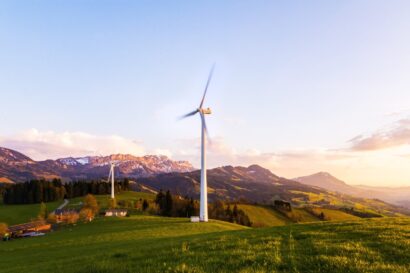REPORTS & BRIEFINGS | 14/07/2021
Closing the loop: Time to crack on with resource efficiency

The global economy is embedded in nature. Without cross-cutting and concerted action to break the link between economic growth and the inefficient use of natural resources, current trends will accelerate the biodiversity crisis and climate change.
Since the Industrial Revolution, wealth and productivity have been dependent upon the exploitation of our natural resources. From 1970 to 2017, the annual global extraction of materials grew from 27 billion tonnes to 92 billion tonnes, and is expected to double again by 2060. Our linear model of production and consumption is not only highly wasteful but also an important contributor to climate change. The extraction and processing of materials, fuels and food contributes half of total global emissions and to over 90% of biodiversity loss and water stress. Additionally, high income countries maintain levels of per capita material footprint consumption that are more than 13 times those of low income countries.[1]
As illuminated by the recent Dasgupta Review, our economy and society is embedded in nature yet our demands on nature far exceed its capacity to supply them, putting biodiversity under significant pressure and society at extreme risk. We therefore must place boundaries on our consumption and use of natural resources. Without cross economy and concerted action, rapid growth and inefficient use of natural resources will accelerate the biodiversity crisis and climate change, posing a significant risk to the health and wellbeing of humanity. A circular economy is an alternative to our traditional linear economy – make, use, dispose – in which resources are kept in use for as long as possible, with the maximum value extracted from them while in use. Emissions are curtailed, further loss of biodiversity is prevented, and waste reduction means that land degradation, soil contamination and waterbodies pollution are minimised.
In light of its environmental and economic benefits, driving greater resource efficiency across the economy must become a central, cross-government priority.

